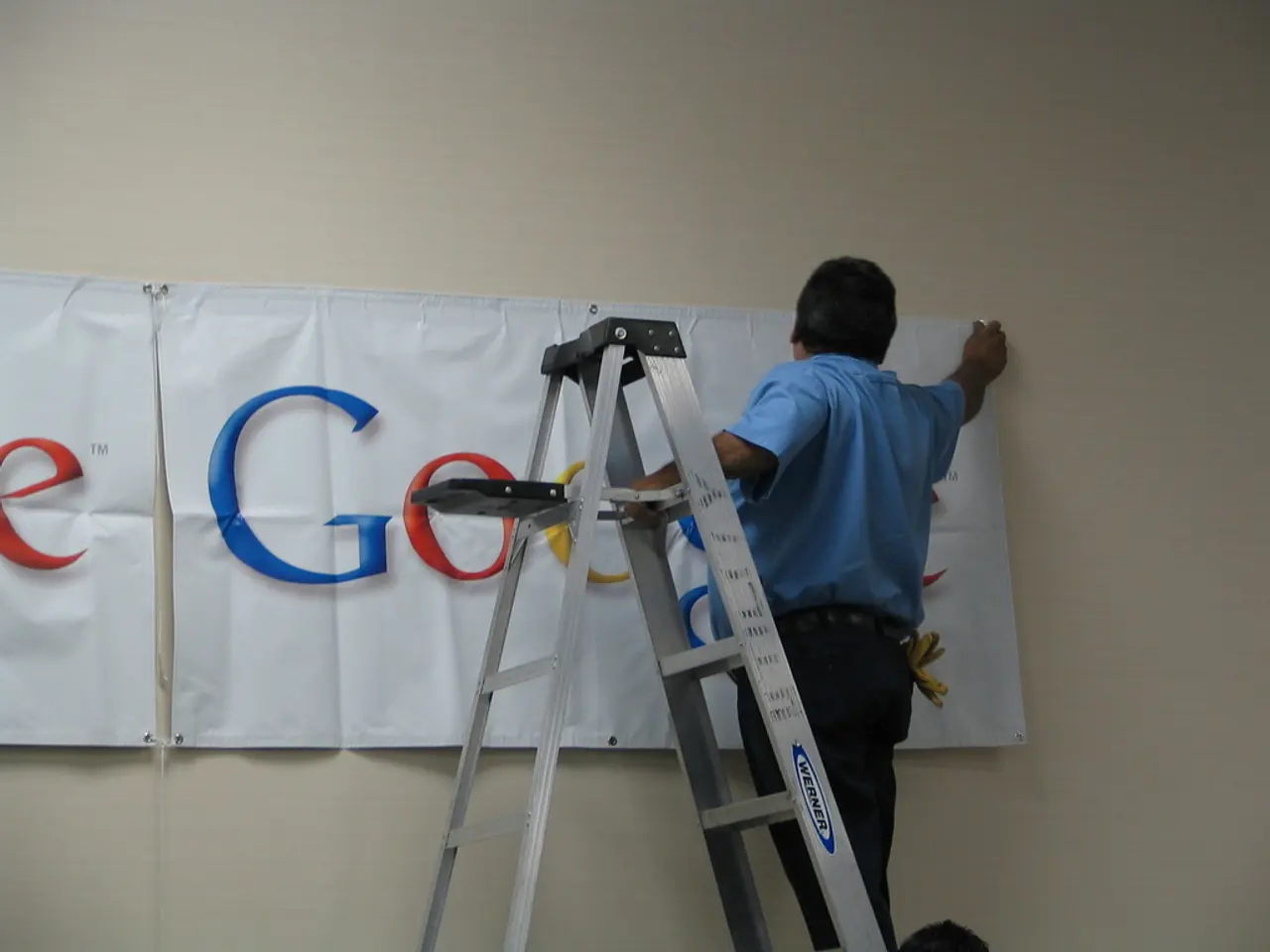Chrome Suffers Zero-Day Vulnerability Attack by TaxOff, Installing Trinper Backdoor
A critical zero-day vulnerability, tracked as CVE-2025-2783, has been actively exploited in the wild by the TaxOff threat actor to deploy the Trinper backdoor. This vulnerability, located within Google Chrome's V8 JavaScript engine, was first identified in March 2025 via phishing attacks.
The Trinper backdoor enables activities such as data extraction and executing arbitrary commands that could disrupt system functionalities. It permits attackers to potentially gain unauthorized access to sensitive information stored within the victim's system. The attack serves as a reminder of the ever-evolving and sophisticated nature of cyber threats.
Google has issued an urgent security update to mitigate the threat posed by this vulnerability. Users are advised to update their Chrome browsers immediately to the latest version. Enabling automatic updates is recommended for individuals and organizations to ensure timely patching.
For organizations managing multiple devices, implementing centralized patch management is essential to ensure all endpoints are promptly updated. Additionally, any security updates released by vendors of Chromium-based browsers, such as Microsoft Edge, should be applied to cover this vulnerability.
Given the active exploitation and severity of the vulnerability, prompt patching remains the primary and most effective mitigation. No detailed technical information on the nature of the exploit beyond its link to phishing attacks and deployment of the Trinper backdoor has been publicly released.
The incident compels security experts and organizations to reassess existing defense strategies and prioritize regular system updates and comprehensive threat assessments. The Trinper backdoor, deployed by TaxOff, is a means for breaching numerous systems worldwide. It can bypass conventional firewall defenses, granting attackers extensive control over compromised systems.
The cybersecurity vigilance advisory emphasizes early threat detection, user education, and the deployment of automated response technologies to mitigate the impact of such attacks efficiently. Cybersecurity threats such as the TaxOff incident are reminders of the adaptive capabilities of cybercriminals and their relentless pursuit of exploitation.
In an increasingly connected world, addressing vulnerabilities promptly is not optional - it's imperative. The propagation of Trinper endangers not only personal user data but also opens pathways for larger network intrusions, posing significant risks to organizations and institutions. The incident underscores the need for constant vigilance and quicker patch developments in the cybersecurity landscape.
Microsoft also addressed this vulnerability in a security update for Microsoft Edge based on Chromium in June 2025. The attack amplifies the urgency for stringent cybersecurity measures and collective vigilance. The exploitation of this zero-day vulnerability underscores the need for stronger collaboration between software developers and security professionals.
In summary, CVE-2025-2783 is a critical actively exploited Chrome zero-day exploited by TaxOff for Trinper backdoor deployment. Google patched it within weeks after discovery in March 2025, and users should ensure their browsers are fully updated to mitigate risk. In an era where cyber threats are constantly evolving, staying vigilant and up-to-date with security updates is crucial for protecting digital privacy and system functionalities.
[1] Google Security Blog: Link to the official Google blog post about the security update [2] The Hacker News: Link to the article about the vulnerability on The Hacker News [4] Microsoft Security Blog: Link to the official Microsoft blog post about the security update for Microsoft Edge
The encyclopedia of cybersecurity threats now includes CVE-2025-2783, a zero-day vulnerability discovered in Google Chrome's V8 JavaScript engine, which was exploited by the TaxOff threat actor to deploy the Trinper backdoor. This incident highlights the importance of keeping technology updated, as prompt patching remains the primary and most effective mitigation against such sophisticated attacks.




